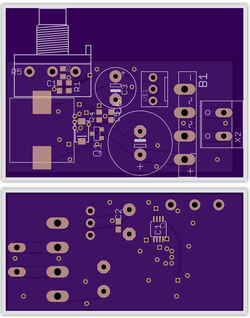- Joined
- Sep 7, 2013
Bonus post!
The linked connectors are all I've managed to find too. Their tabs are too wide, the proper headers have a thinner tab that is offset to one side.
Unrelated: Is there anything that anybody would like me to make? I'm thinking that a LED controller of some sort might be fun.
*cough* 3pin PWM controller *cough*
No rush, just saying.
I have to mine some more BTC first anyway, just spent most of it



